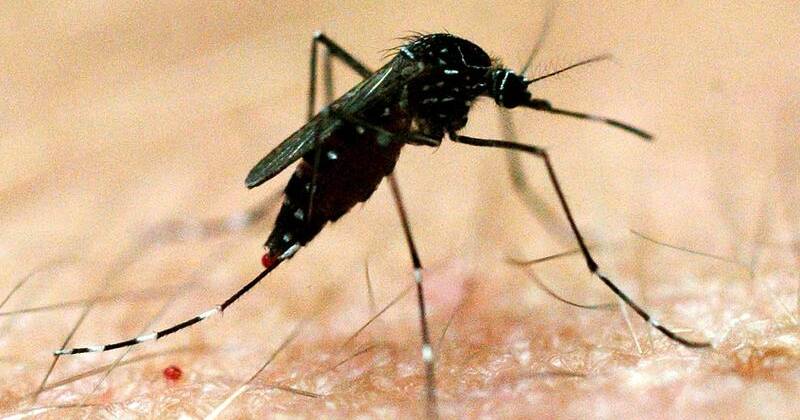Source: https://www.3aw.com.au/victoria-is-i...lcer-outbreak/
Victoria is in the midst of a flesh-eating ulcer outbreak
21 hours ago
3AW Breakfast
Victoria is facing an outbreak of flesh-eating Buruli ulcers, with a 400 per cent increase the number of reported cases in the last four years.
Experts are calling for urgent government funding for research into the condition.
One of those experts is Associate Professor Daniel O?Brien, infectious diseases consultant at Barwon Health. He told 3AW Breakfast that the risk factors for the disease are currently unknown.
?We don?t 100 percent know how you acquire it and where it lives in the environment. How are we supposed to design effective public health interventions if we don?t know that basic scientific information?? he said.
?What I?m seeing more and more is people severely affected? and not knowing how to prevent it, and I just think that?s an unacceptable situation.?
The disease first appeared on the Bellarine Peninsula and has now spread to the Mornington Peninsula....
Victoria is in the midst of a flesh-eating ulcer outbreak
21 hours ago
3AW Breakfast
Victoria is facing an outbreak of flesh-eating Buruli ulcers, with a 400 per cent increase the number of reported cases in the last four years.
Experts are calling for urgent government funding for research into the condition.
One of those experts is Associate Professor Daniel O?Brien, infectious diseases consultant at Barwon Health. He told 3AW Breakfast that the risk factors for the disease are currently unknown.
?We don?t 100 percent know how you acquire it and where it lives in the environment. How are we supposed to design effective public health interventions if we don?t know that basic scientific information?? he said.
?What I?m seeing more and more is people severely affected? and not knowing how to prevent it, and I just think that?s an unacceptable situation.?
The disease first appeared on the Bellarine Peninsula and has now spread to the Mornington Peninsula....


Comment